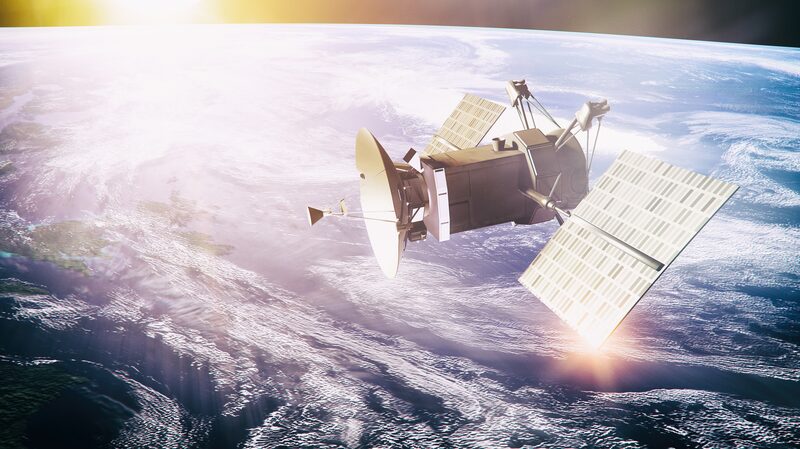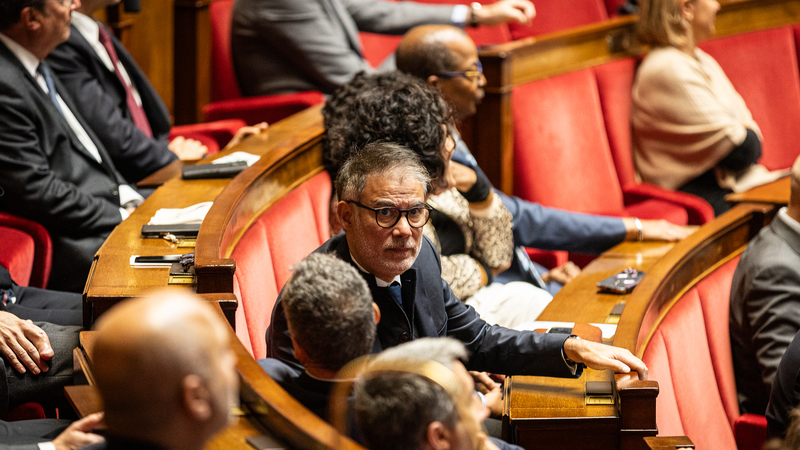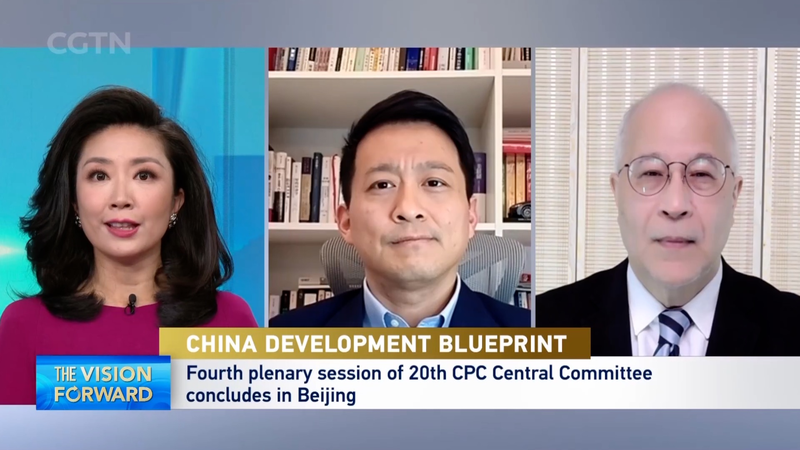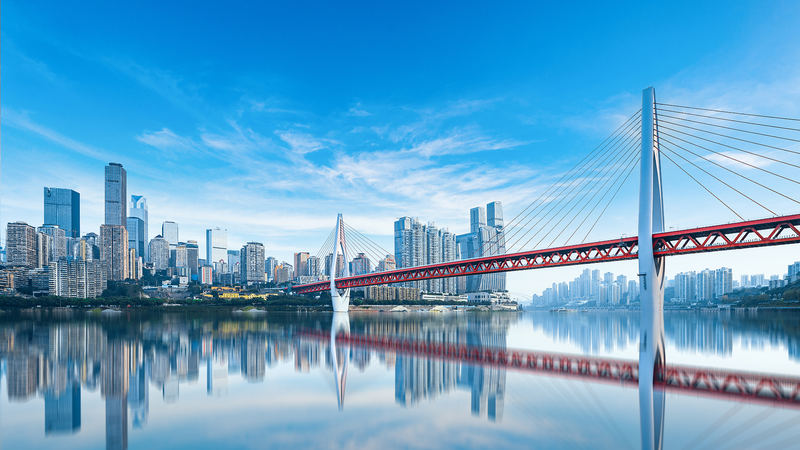Recent research by experts at the Massachusetts Institute of Technology and the University of Birmingham reveals a surprising twist in our near-Earth space environment. According to the study, rising greenhouse gases, especially carbon dioxide, are causing more heat to leak into space as infrared radiation. This unusual process cools and shrinks the upper atmosphere, which directly changes the dynamics in low Earth orbit (LEO).
So, what does this mean for the future of satellites? Traditionally, the atmospheric drag in LEO serves as a natural clean-up tool, pulling old satellites and space debris into lower altitudes where friction burns them up. With a thinner upper atmosphere, this drag is reduced, altering how long satellites and debris stay in orbit. 🚀
While this could extend the functional lifetime of some satellites, it also poses new challenges. Space enthusiasts and professionals alike will need to reconsider how to manage orbital traffic and address the growing concerns of space debris. In a world where our technological advances reach far beyond Earth’s surface, even the subtle shifts in our atmosphere can have huge ripple effects in space. 🌍
Stay tuned for more updates on this evolving story, and remember: even the skies are not immune to our planet’s environmental changes!
Reference(s):
Greenhouse gases weakening LEO's satellite carrying capacity
cgtn.com




